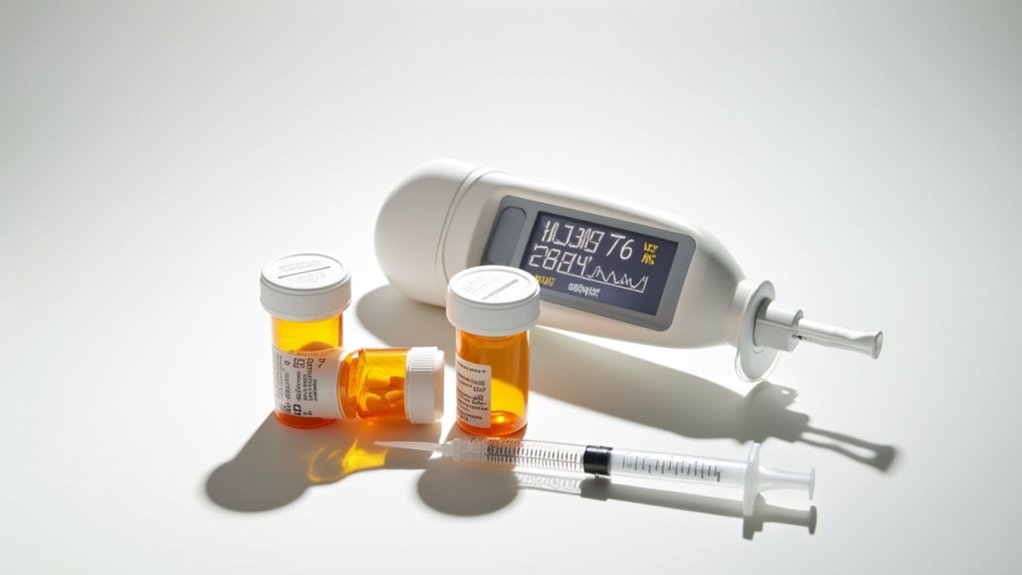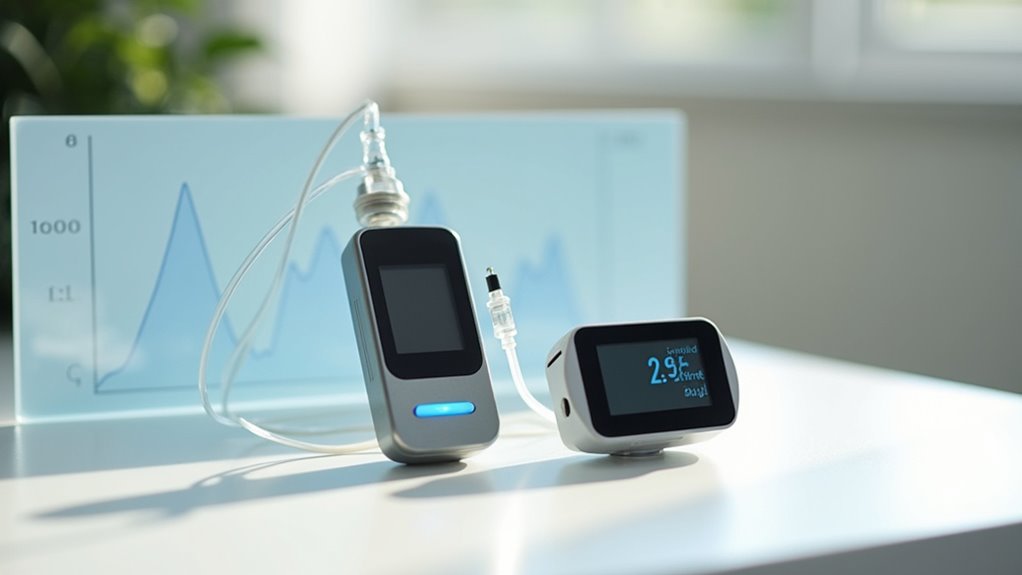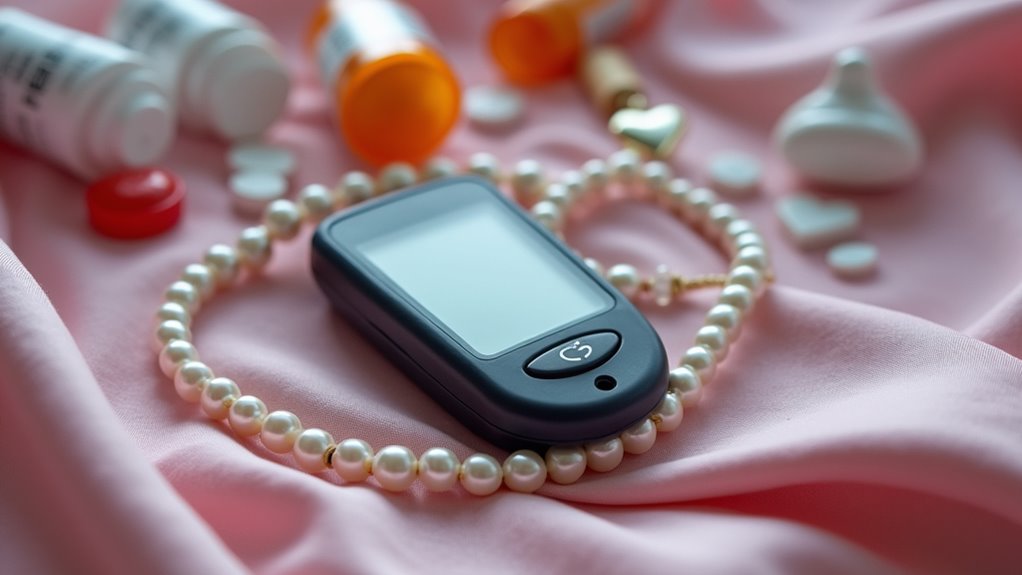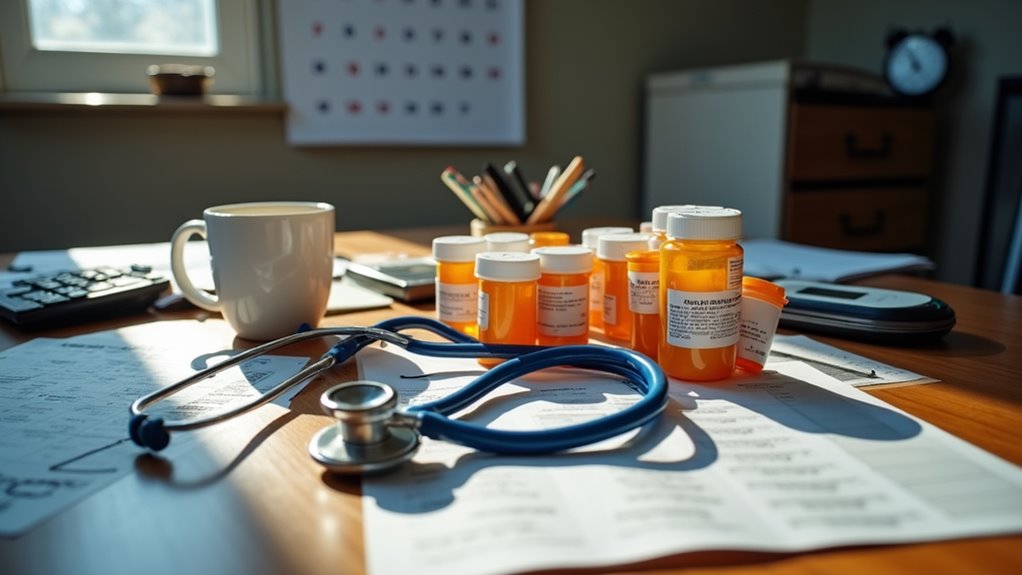Three major risks face Type 1 diabetes patients when prescribed medications beyond insulin. Hypoglycemia tops the list – a nasty side effect when insulin doses aren’t properly adjusted with add-on drugs. It’s dangerous, potentially fatal.
The second? Diabetic ketoacidosis, particularly with SGLT2 inhibitors, which are increasingly prescribed despite not being designed for Type 1 patients.
Third problem: gastrointestinal havoc. Diarrhea, nausea, abdominal pain. Not life-threatening, but definitely life-disrupting.
SGLT2 inhibitors deserve special attention. Originally approved for Type 2 diabetes, doctors are increasingly prescribing them off-label for Type 1 patients. Bad idea? Maybe. These medications increase risk of DKA even when blood glucose levels appear normal – a dangerous scenario doctors call “euglycemic DKA.”
Plus, they cause increased urination, genital infections, and electrolyte imbalances. Not exactly a walk in the park.
GLP-1 receptor agonists are another emerging therapy for Type 1 diabetes. They might help with weight control and glucose management, but at what cost? Persistent diarrhea and nausea. Lovely. Some patients can’t tolerate these side effects long-term.
GLP-1s offer weight control benefits for Type 1s, if you don’t mind spending quality time with your toilet. Many can’t stomach it.
Metformin rarely makes an appearance in Type 1 treatment. Good thing too. In patients with kidney problems, it can cause lactic acidosis – rare but potentially fatal. The risk for this serious condition increases when medications are not properly balanced with benefits. The beta cells’ function naturally declines over time in Type 1 diabetes, making insulin replacement therapy essential. Patients using it must monitor their kidney function regularly. Who needs more doctor’s appointments?
The harsh reality is that insulin remains the gold standard for Type 1 diabetes. Although researchers continue exploring adjunctive therapies, most carry substantial risks without proportional benefits.
For some patients, these additional medications might help manage specific aspects of their disease, like weight gain or post-meal glucose spikes.
Doctors and patients need to have frank conversations about these risks. Is better A1C worth potential DKA? Are GI side effects acceptable for modest weight loss?
Type 1 diabetes management isn’t one-size-fits-all. And sometimes, the shiniest new drug isn’t worth the gamble.
For patients requiring high insulin doses, concentrated insulin formulations like Humulin R U-500 are available, but using them without proper U-500 dedicated syringes can lead to serious dosing errors and increased hypoglycemia risk.









